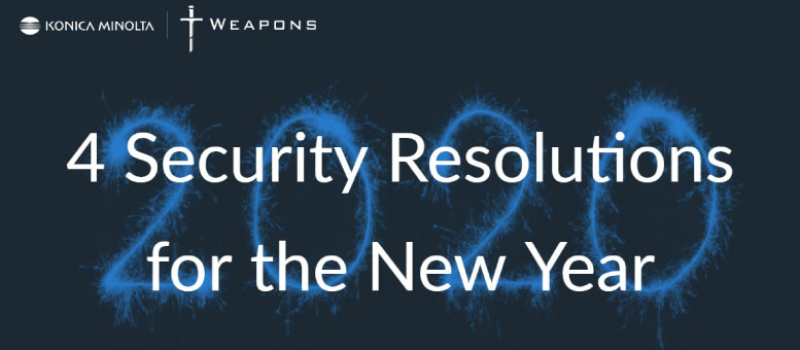With the rapidly changing cybersecurity landscape, IT professionals need to implement some of their own changes to keep their data and users secure. Cybercriminals are becoming more bold and creative with their attacks, and worldwide cybersecurity costs are in the billions. With the start of a new year, what are some security resolutions you can make to protect your organization from the bad guys?
-
Deploying Multi-Factor Authentication (MFA)
MFA is a key tool that can greatly protect against the majority of account compromise attacks. Adding just one more level of authentication in addition to a password can significantly reduce the likelihood of a cyberattack infiltrating your systems. There are a variety of authentication protocols that can be utilized to bolster data security, some being more effective than others including on-device prompts, security key, or phone number verification. For a more detailed dive, check out our blog on MFA where we explore into different types of MFA and their benefits. According to research from Google, MFA that deployed on-device prompts, for example through a smartphone authentication app, blocked automated attacks by 100%, bulk phishing attacks by 99%, and targeted attacks by 90%. While there can be some challenges in setting up MFA such as user training and having the right environment to implement it, the benefits of MFA far outweigh the costs, and the additional layer of protection can be invaluable for your organization’s security.
-
Better Understanding Your Security Environments
As an IT manager, it is imperative that you understand your security posture in depth and identify areas that need to be addressed critically. Your security posture is essentially the security status of your networks, computers, and information – based on the resources you have in place to protect your organization, including security tools, people, and policies. Understanding your posture will help you identify gaps, where you may be most vulnerable to cyber attacks or other security events, and help you prioritize and plan improvements. Although you can start with a high-level understanding, you should start incorporating more substantial assessments over time. These include vulnerability assessments, security risk assessments, and system reviews.
-
Focus on The Human Element of Security
It is key to take into account the human element when it comes to your organization’s security. Users (or employees) play a critical role in defending the organization and it’s important that they understand how they can protect our sensitive information and systems. Criminals are constantly improving their techniques, their malware, and they continue to try new methods to bypass security tools. With this ever-changing landscape, and the organizations evolving security practices, it’s important to ensure that our users are provided with knowledge and training that will help them keep us secure. An example of this is providing user training to identify phishing emails, which make up 90% of all data breaches. As such, implementing user awareness training should be a central component of your cyber risk management strategy and can greatly improve your organization’s security posture.
-
Secure your Office 365 environment
Office 365 (O365) is the most widely cloud service by organizations today, and as a result, provides an avenue for cybercriminals to infiltrate their environments. Attacks on cloud services are rising and organizations need to keep their data and users secure in the cloud. If your organization uses O365, your data is considered your responsibility. While Microsoft has safeguards to protect their own data centers, they do not protect your business from phishing, malware, insider threats, or simply user error. These are all possible methods through which your organization’s data can be compromised and understanding and configuring Microsoft’s list of O365 security features can be a daunting task. For a turnkey solution that provides a comprehensive protection for O365, check out our Office 365 Security and Protection solution.
With all the possible vulnerabilities, cybercriminals are going to have multiple ways to attack your organization, so take the above resolutions this year to stay on top of your organization’s data security, and to keep your users productive.




